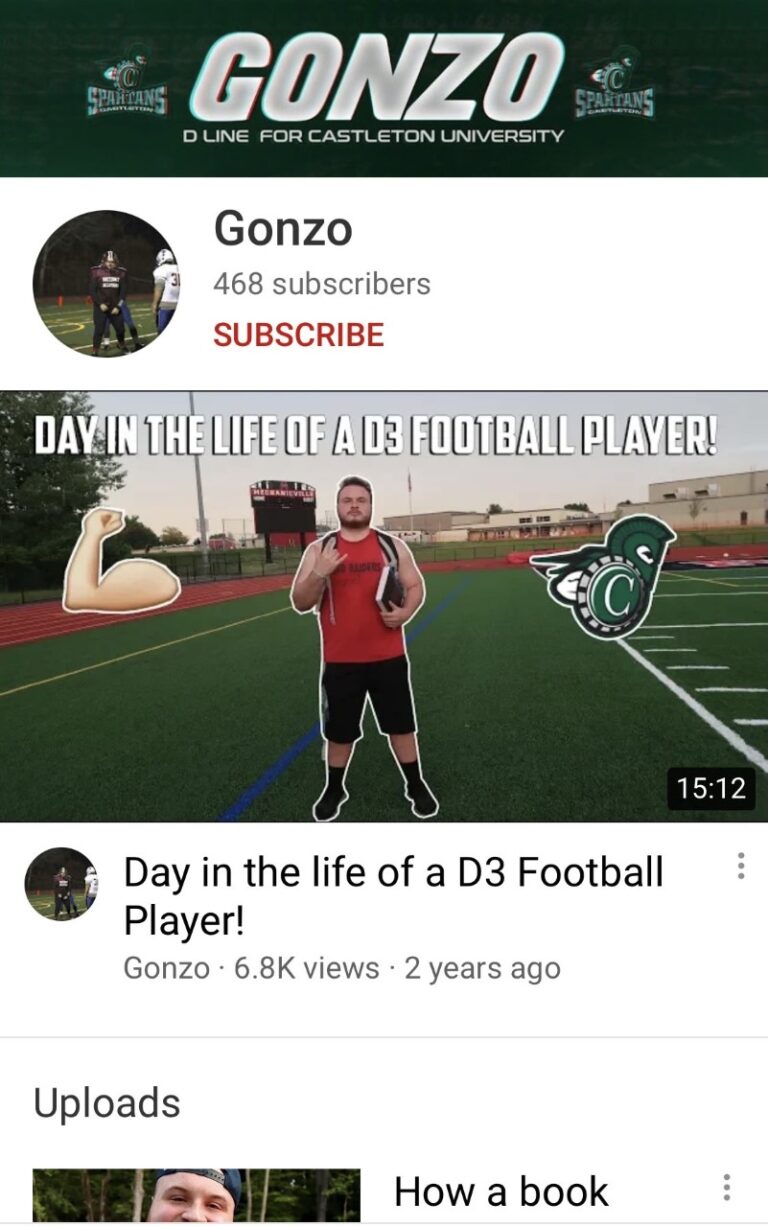Diversity, equity, and inclusion: just buzz words at Castleton?
There were a lot of students out for the “Town Hall” about the merger and potential name change of Castleton. The main point was that students and faculty don’t want to lose the Castleton brand and community.
I, however, want to address something else that was brought up during the town hall.
Right there, under the “key words” surrounding the merger: “ethos of diversity, equity, and inclusion.”
One of our fellow students made a really good point when they were able to speak. They called this “ethos of diversity, equity, and inclusion” which was supposed to be, as they pointed out, built into this system. They called it “optical allyship.” This student asked what the board and administration were doing to combat oppression for themselves, and no one answered.
The answer that was given was that the handbook was reviewed to reflect a commitment to diversity, equity, and inclusion and that there was a committee formed.
I, personally, don’t really see that as being “built” into the state college system.
It’s so easy to claim that diversity, equity, and inclusion are important aspects of our colleges, but it’s difficult to feel that way when you’re staring at a panel of white administrators who cannot give a straight answer as to how they’re taking on these issues.
I don’t see diversity in that panel, I don’t see it in the Vermont State College system’s faculty, and I barely see it on campus.
I recognize that the administration involved with this merger and all three of the colleges have very difficult jobs right now.
But claiming diversity, equity, and inclusion, and not showing how that is actually apparent in the goals and creation of this new system, feels fake.
I truly, truly hope that this is being taken seriously and that what the administration claims is important to them really is.
It’s just hard to trust that it is.
Celebrating diversity in a state like ours isn’t easy. I know that it’s difficult to draw diverse students and faculty to Vermont. I don’t want to sit here and slam people who are working hard.
But “diversity, equity, and inclusion” have become buzzwords. A phrase you can put on a slideshow for students.
These issues go deeper than that and putting those words on a PowerPoint slide doesn’t solve them. Our solutions need to go deeper than that too.
Boiling these very real, systemic issues down into buzzwords feels like a ploy to garner support from people in marginalized communities. Especially when these words are not followed with concrete plans to combat the issues they describe.
Changing the handbook and forming a committee are great, sure, but what is the committee doing? What are the administrators doing? What steps are they going to take to ensure that students will feel like they’re in an inclusive environment when they’re on our campuses?
The people who will be affected by a commitment to diversity, equity, and inclusion don’t want to hear false promises, they – we – want action.
I don’t have an answer to this, and I don’t think there is one perfect solution, but if diversity, equity, and inclusion are supposed to be built into our college system, then I think we have the right to know how. And the right to know that it will be seen through.
-Lily Doton



